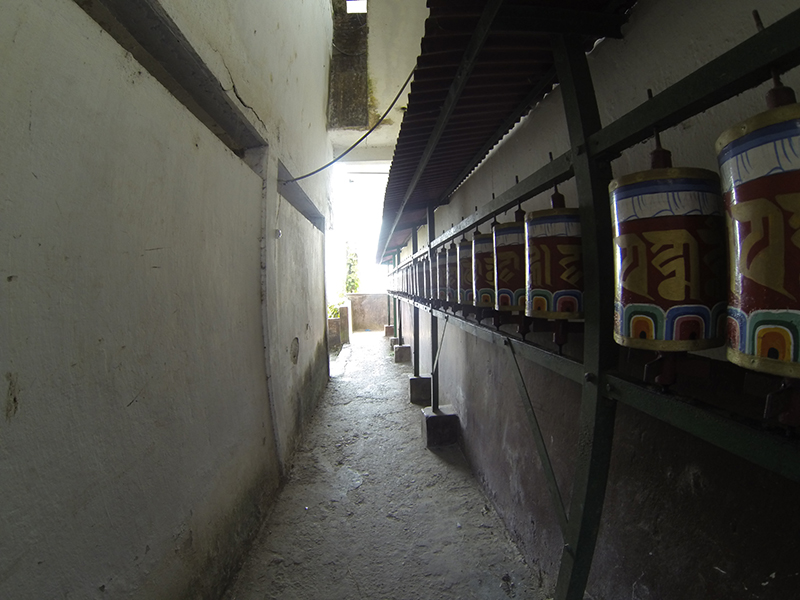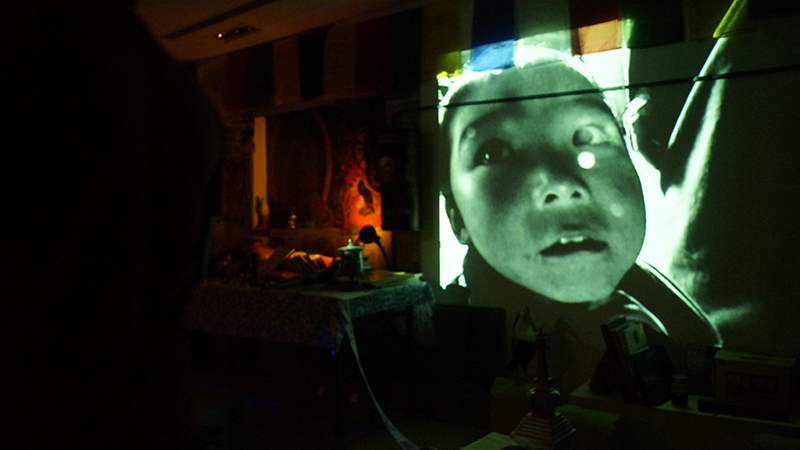Arghya Basu



Grant Period: Over eight months
Filmmaker Arghya Basu’s relationship with IFA is an old one. It started with a grant for The Listener’s Tale, a film on the cultural history of Tibetan Buddhism in Sikkim through the sacred dance theatre of Chham in 2005. Arghya went on to make two more films emerging out of the research and production of the first film. Death Life etc and Mount Witness, partly supported by IFA completes his Sikkim Trilogy. Meanwhile, he has worked on various projects. A Film and Television Institute of India (FTII) graduate and an editor by training, he has worked with films that achieved critical acclaim and accolades at festivals. Trying to push the boundary of cinema as an art form, his journey has constantly searched for new modes of production and audience engagement. He is an eccentric artist often difficult to categorise in a normative way. He teaches at FTII, writes on cinema and curates installations.
When his proposal for the current project Zero Point came to IFA, it seemed his relation with Sikkim and Buddhism didn’t stop with his Sikkim trilogy. In fact, it has deepened since. For most projects based in/about communities the artists often use the community as a resource without a voice of the community in their projects. In such cases, what remains debatable is the relationship they establish with the community and what they give back to them. In other cases, where artists are sensitive enough to these questions, they create an “exit strategy”, so as not to create an imbalance in the dynamics of the community as an effect of their project. In a very rare case an artist doesn’t need an exit strategy, primarily because they do not want to exit. An artist can keep growing in the community they started working with. Their work becomes an organic part of the community life and over time the artist grows into a member of the community. An assessment of such artists’ work is difficult from the outside, especially for someone who is not informed enough about the dynamics of the community and the artists’ process to become one of them. Arghya’s Zero Point is one such attempt.
Arghya stresses on using the term ‘interdependent cinema’ as opposed to the idea of ‘independent cinema’ now in vogue all over the world. For him no cinema can be independent of its context and its community. It depends on the people it is working with, the stories that emerge from the context, and the art forms it must continuously negotiate with. Keeping in mind his continuous effort to engage with the community at one hand and expanding the idea of cinema as an art form on the other, he proposes to hold a series of workshops that will entail basic training of the community members of the eastern Himalayan region in filmmaking, graphic novel and production design. The area he is focussed on encompasses areas in Sikkim and northern parts of West Bengal. Continuously crisscrossed by old and new trade routes and migrations, this area has acquired a truly multi-ethnic and multi-cultural identity. Through the workshops Arghya intends to develop a story for a film while training the members of the community in the cinematic arts. He also intends to use music, graphic art and installation in the whole process.
In his proposal, Arghya aims at multimedia outcomes. Four main areas are promised – a film, a graphic novel, a music album and an installation exhibition. Zero Point, the opera-film will be focussed on the Silk Route Opera, a local group and will heavily borrow the language developed by Thangtong Gyalpo in Ache Lhamo. The graphic novel Skywalk tells the story of a little girl growing up in the region through local myths and legends as she experiences them. “Skywalk is a dream anthology of crossed destinies, exiles and returns”, Arghya describes. The ethno-music album Cipher will be produced through interactions and jamming sessions between Gangjong Doeghar, Kalimpong Tibetan Opera Association, Tibetan Institute of Performing Arts and various invited musicians from Kolkata and elsewhere. It will consist of music for Zero Point and audio loops for installations, drawing from local musical traditions. Finally all of these will come together to form an installation exhibition tentatively titled The Secret Life of Memories. The exhibition will be installed “as a Graphic Novel, dealing with post-colonial archaeologies and ethno-fictions on and off the Silk Road.” It will include multiple projections from the archive, music/sound loops, photos, objects, arrangements and experiences of the project.
Given the scale and complexity of the project it will involve multiple stakeholders and funding bodies, many of which Arghya has already started to put in place. IFA’s participation will be ensured in all aspect of the outcomes. Given his long commitment to the region and specific interests in the cultural history one can safely assume that this project will be able to deliver what it promises in the estimated budget.
